Last month, I was in St. Augustine, FL for the first time and thoroughly enjoyed my trip. You can read Part 1 of things to do in St. Augustine. I was invited to be part of a media trip and we got a fast and furious look at this historic city in just 2 and 1/2 days/ I felt like I really got a good overview of the city. The history here, it’s like no other place I’ve been in the US. You could feel the past oozing from the old brick streets.

One of the things I picked up on really fast was the fact that Henry Flagler built much of St. Augustine, from hotels, to churches, there are so many buildings attributed to him. And they are beautiful buildings! The original Ponce de Leon hotel he built is now Flagler College and aren’t those students very fortunate to attend college in such a grand style?
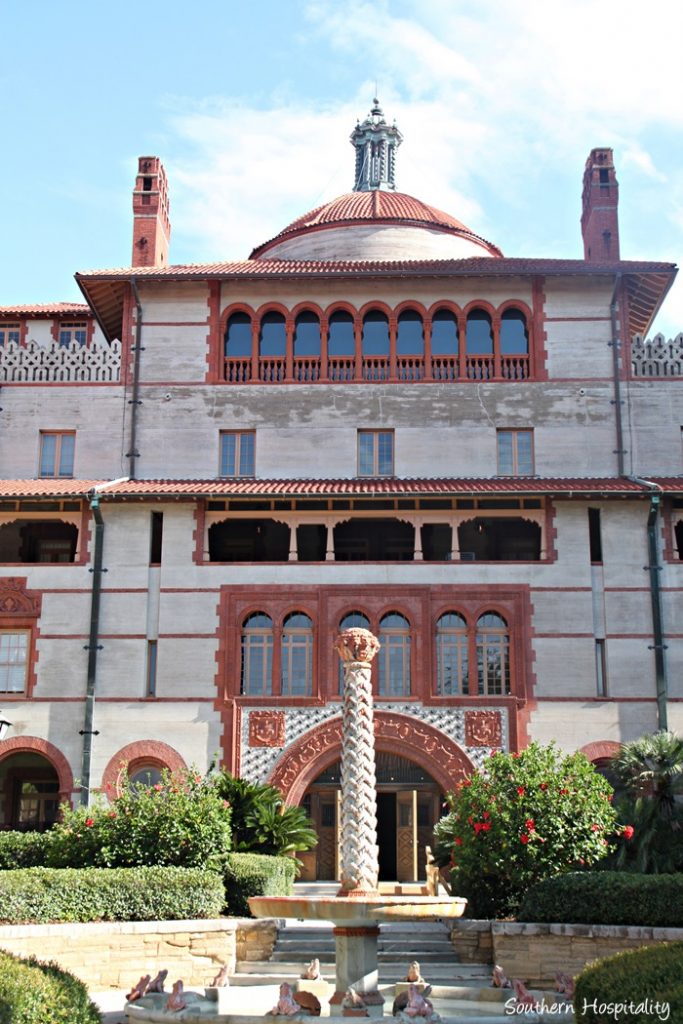
With it’s Spanish Colonial influence, this old hotel is such a spectacular building.
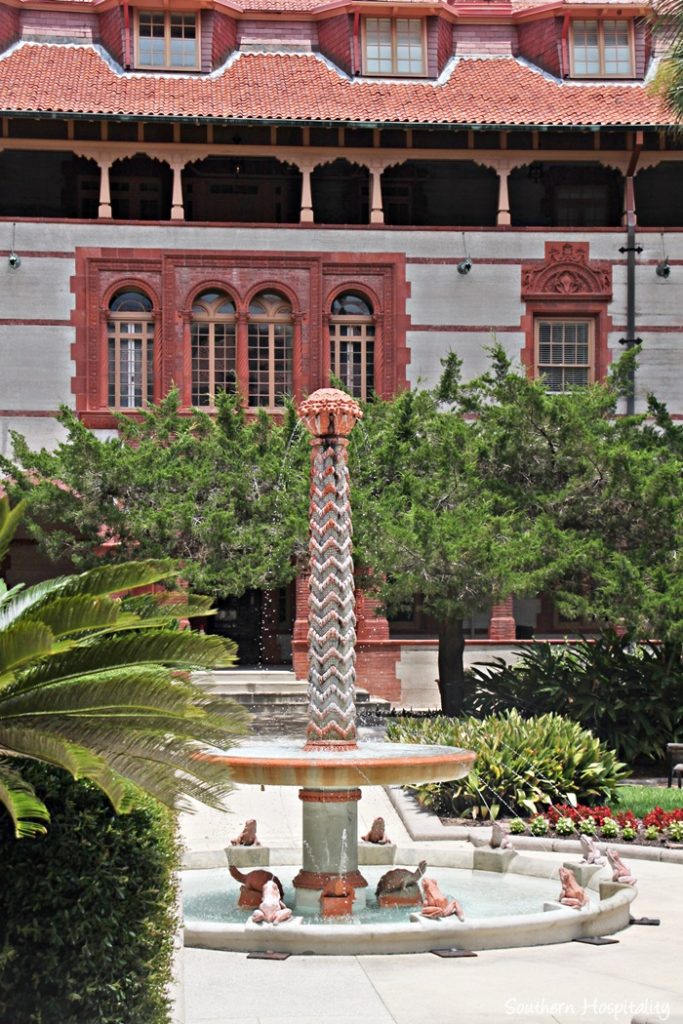
I loved this fountain of frogs and turtles.
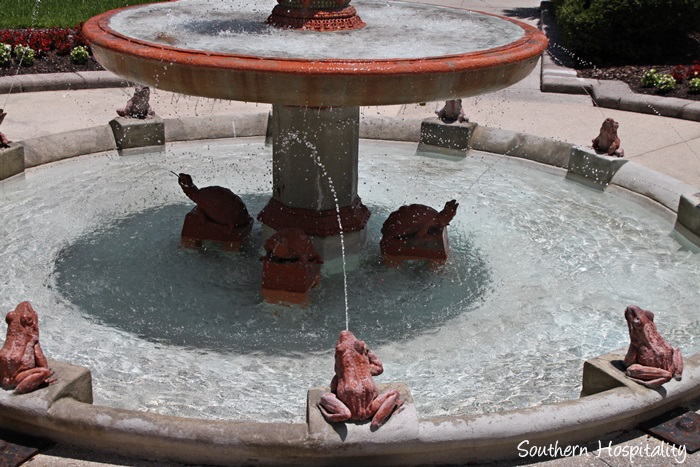
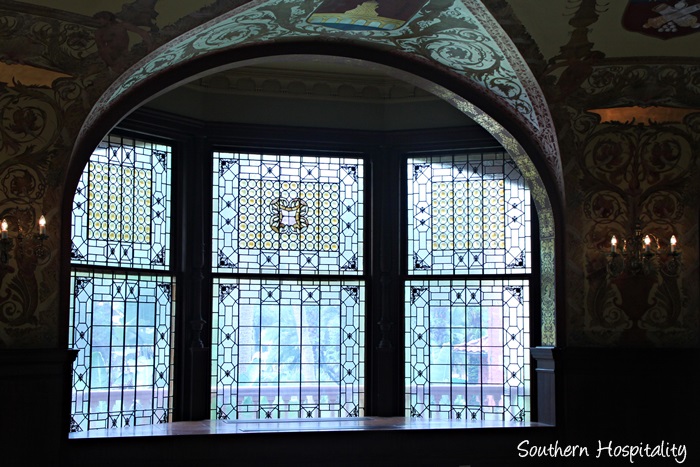
Inside, Tiffany stained glass windows adorned many rooms in the building. This is the dining area and it was magnificent.
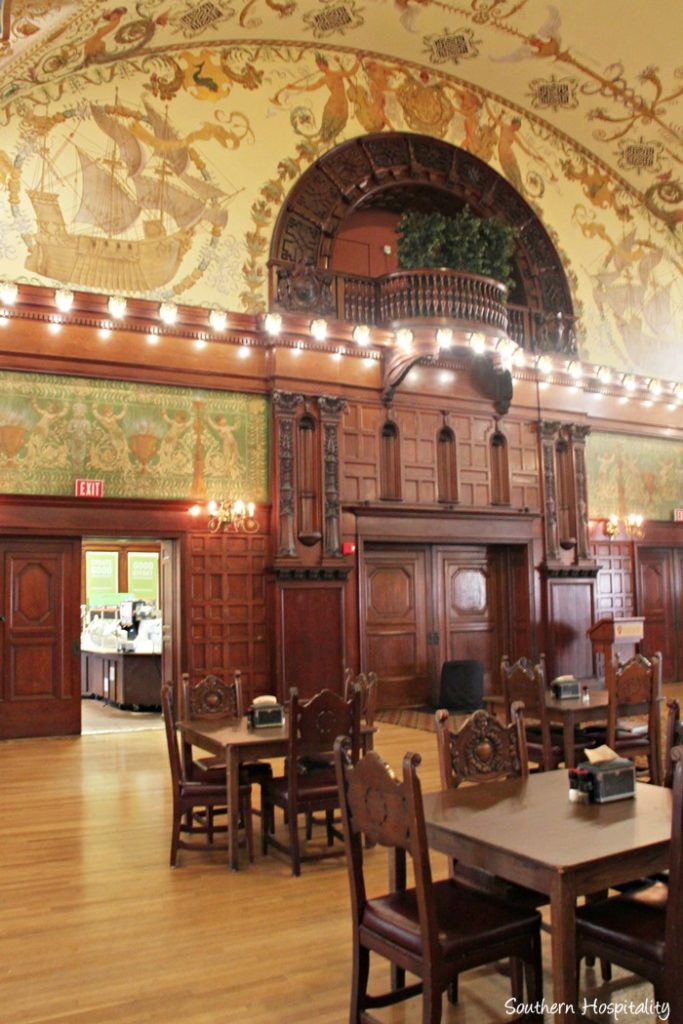
Just look at the woodwork and murals in this space, along with many of the original chairs from the olden days.

They sure lived a grand life back then.

Mosaic tile on the floor is just stunning.
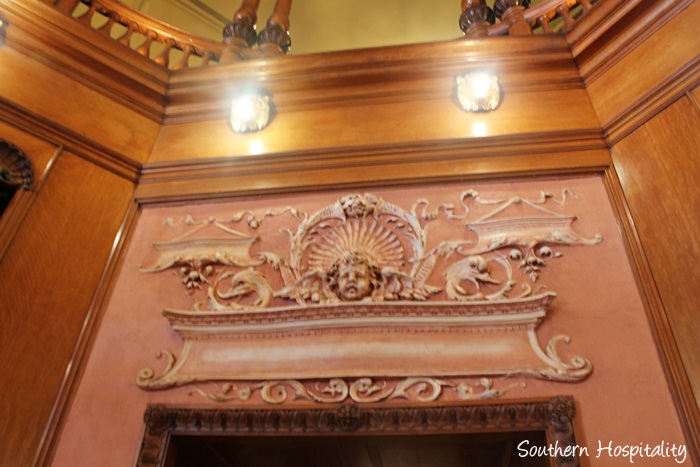
And everywhere you turn in this building, there’s another piece of history that just about knocks you out.
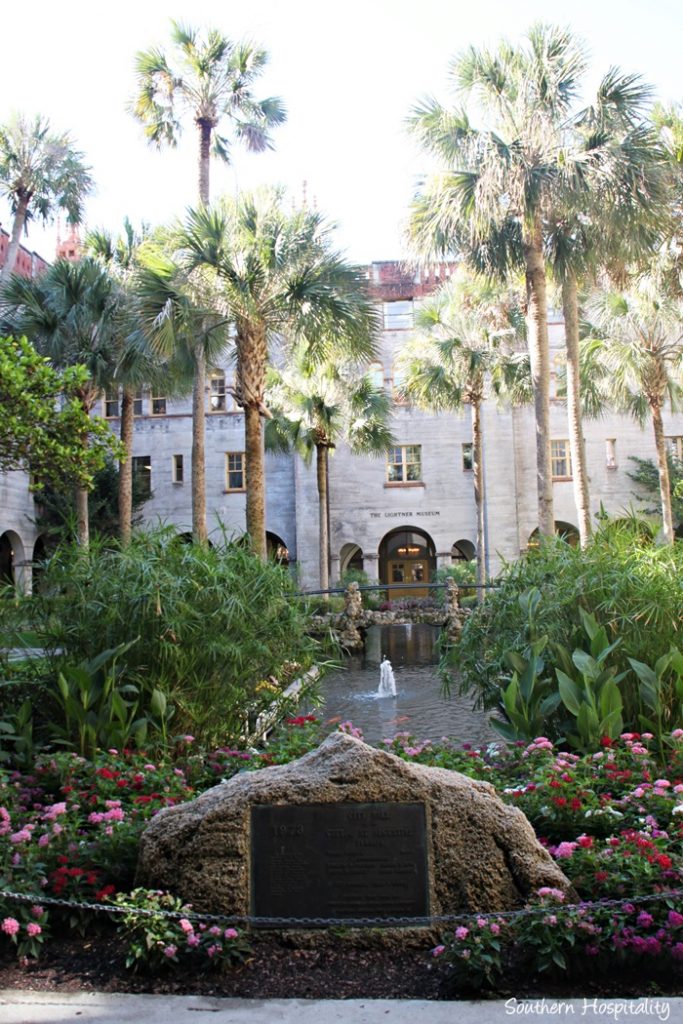
The Lightner building across the way was also beautiful.
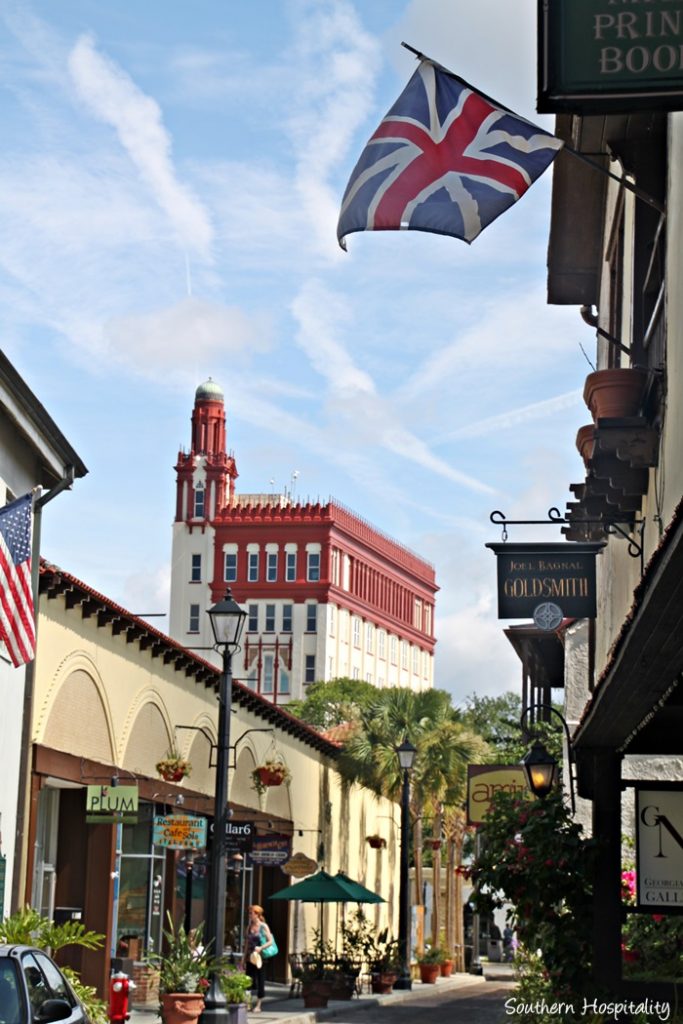
We also did walking tours while we were there and walked on the oldest street in St. Augustine, Aviles Street.

With its old brickwork, it was just an amazing street to stroll. As the oldest street in the US, the street is found on maps dating back to the early 1570’s. Amazing!
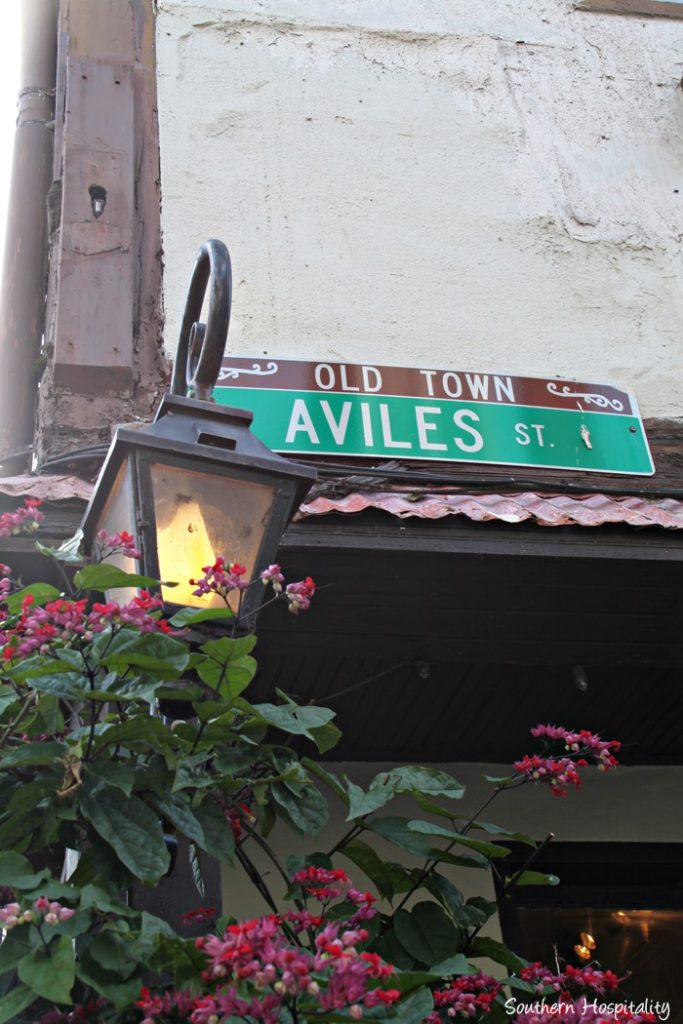
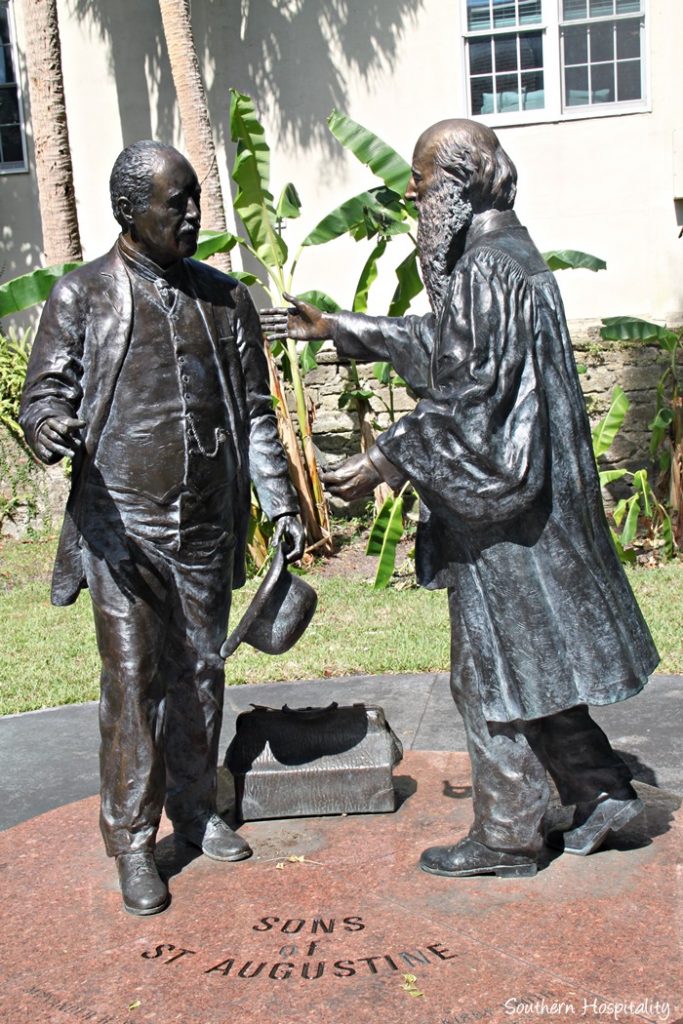
We heard much of the history of St. Augustine along the way, which is very interesting.
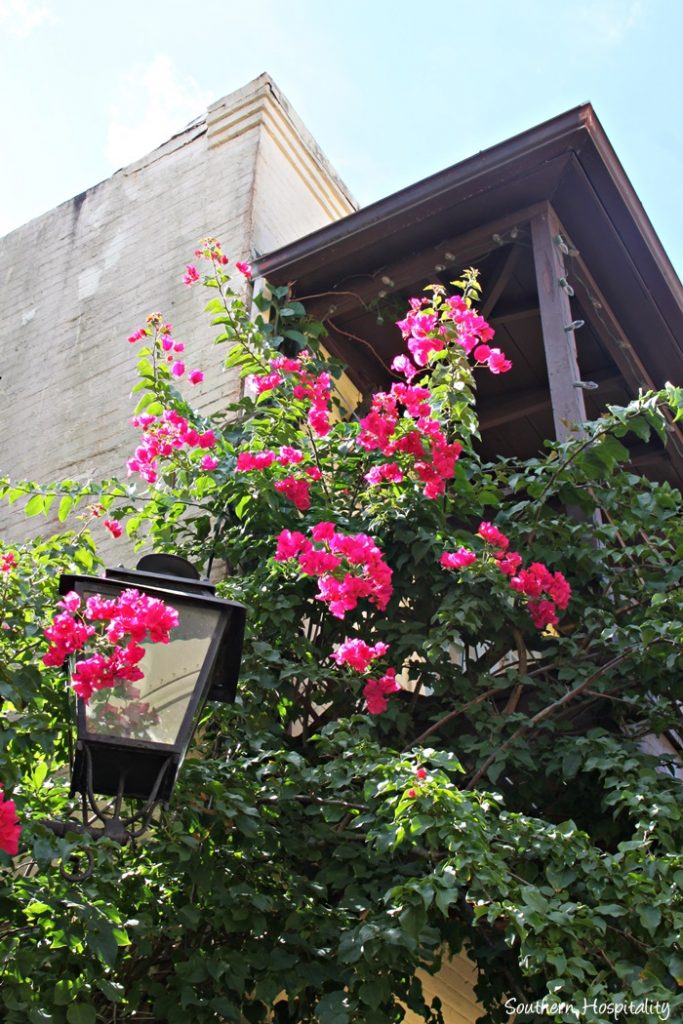
Beauty is every where you turn in St. Augustine.
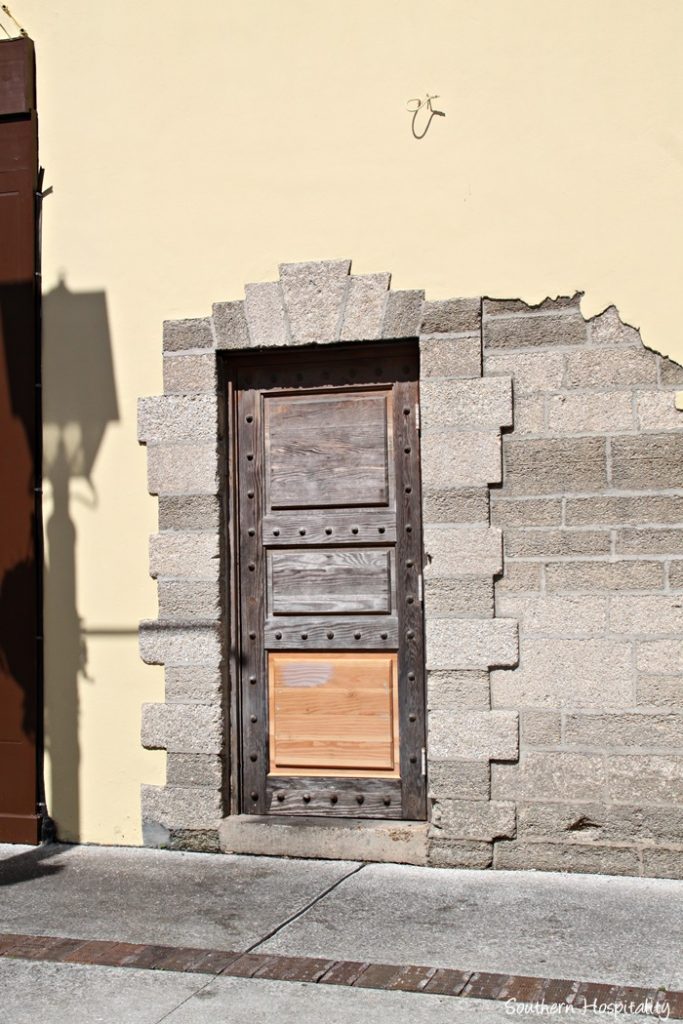
This was pointed out as a very old door that was saved and kept from centuries ago.
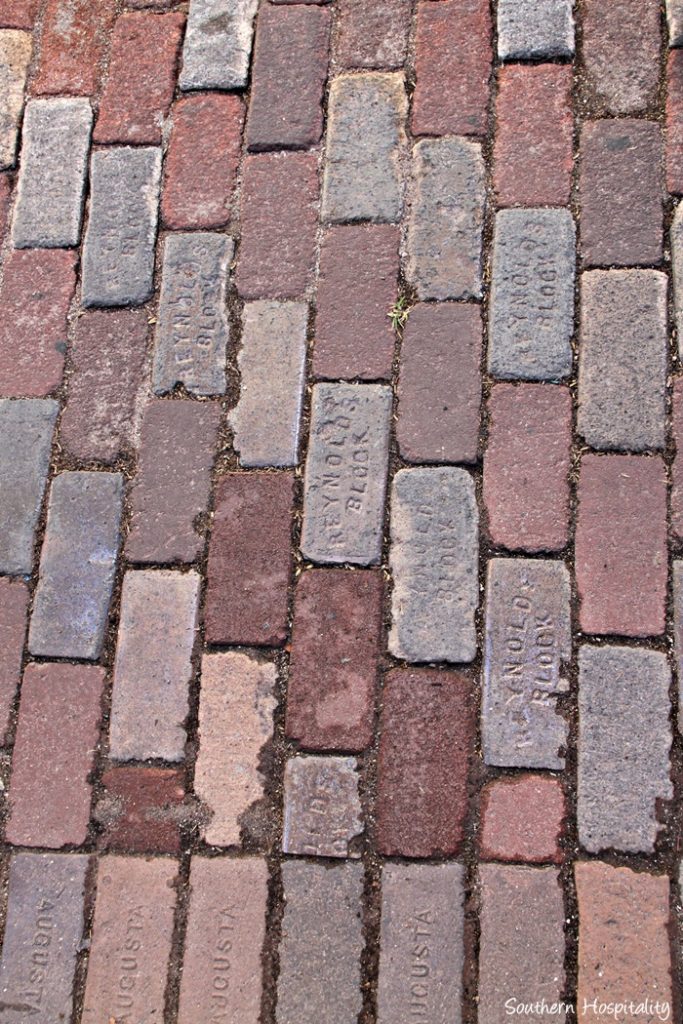
You can just feel the history in these old brick streets.
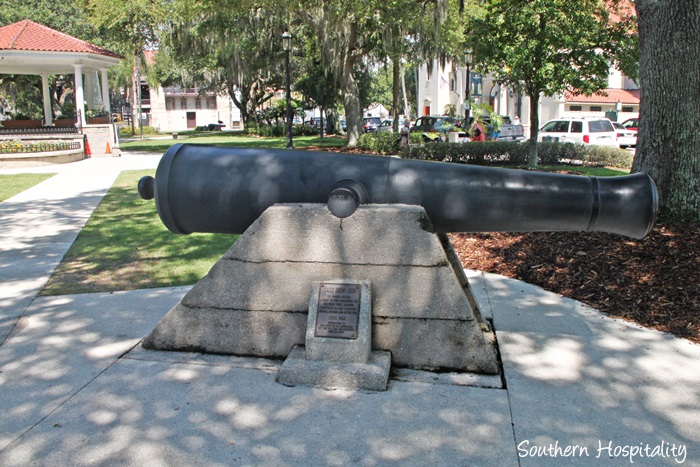
The Plaza of St. Augustine was laid out in 1573 by the Spanish Crown. There are many monuments and structures built here, including he Spanish Constitution Monument, Foot Soldiers Monument and Confederate Monument.
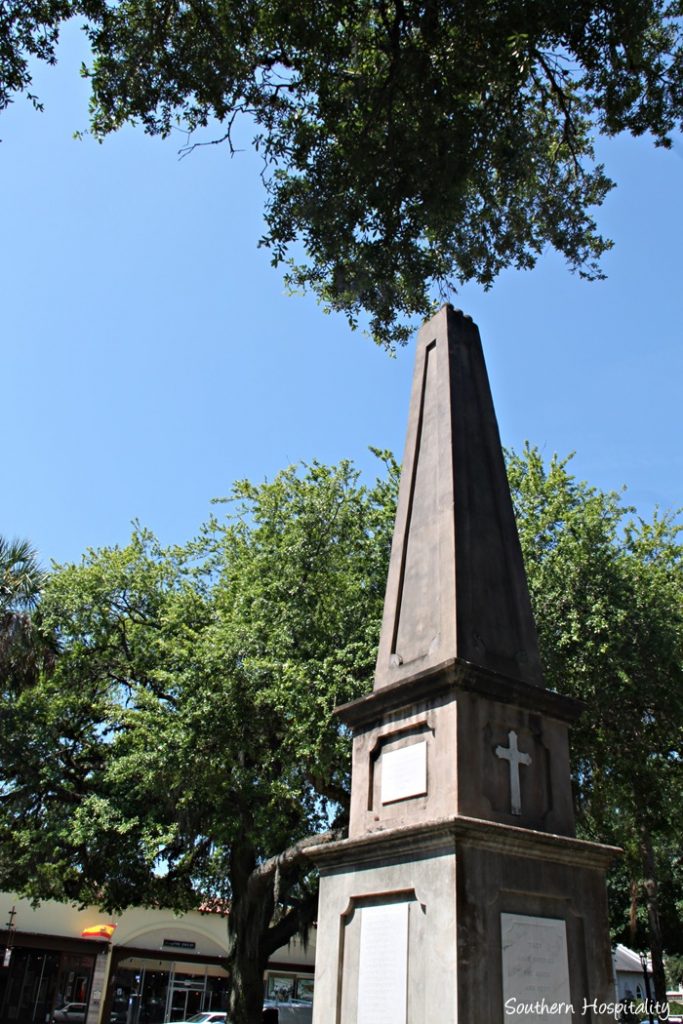
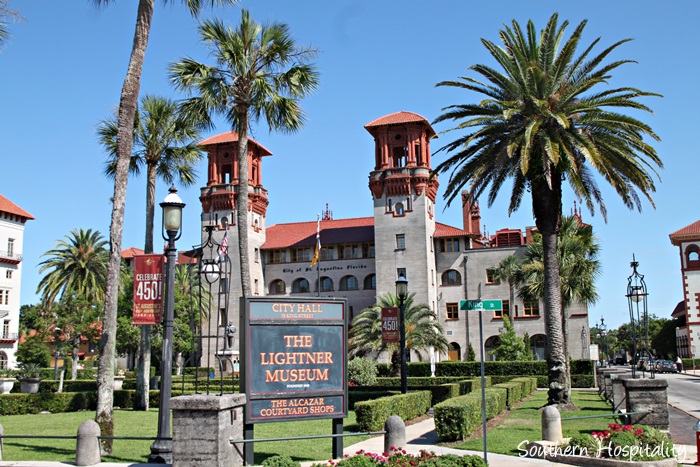
The Lightner Museum is housed in an old hotel (Hotel Alcazar) as well and even though I didn’t tour it this visit, I heard from others it had so many interesting artifacts collected over the years. This hotel was built by Henry Flagler for the less affluent crowd. I have a feeling I would have been staying here back in the day. 🙂
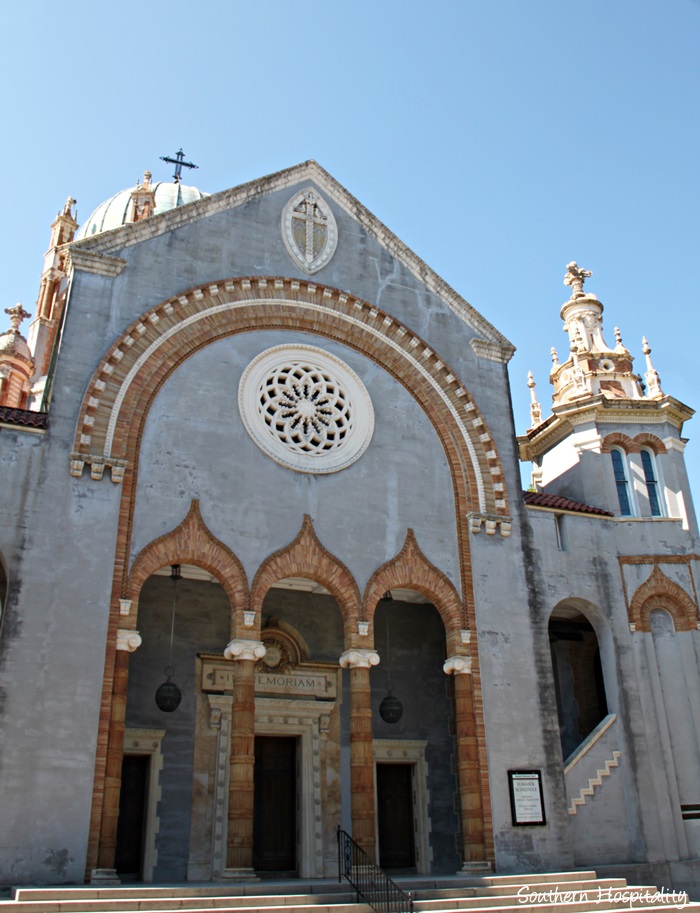
Memorial Presbyterian Church was such an outstanding structure.
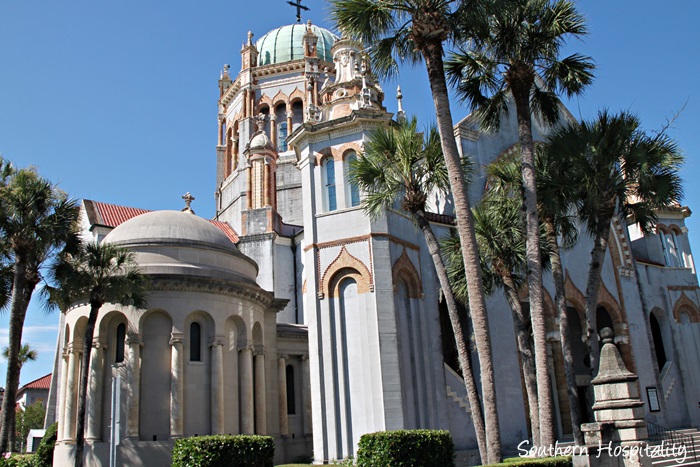
The church was built by Henry Flagler (surprise!) and dedicated in 1890 as a memorial to his daughter.

It’s a beautiful church and I love that it is still operating today with an active congregation.
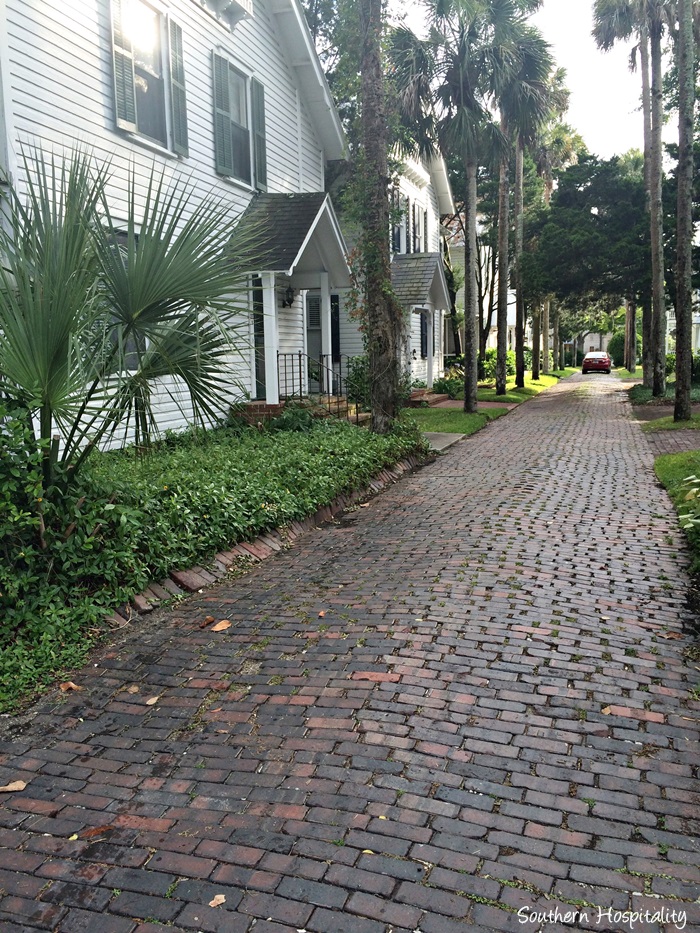
Another historic brick street near the St. Francis Inn, where we stayed on our visit. So picturesque!

We also took a fun tour of Colonial Quarter, a historic settlement from its founding in 1565 through the 18th century under Spanish and British rule.
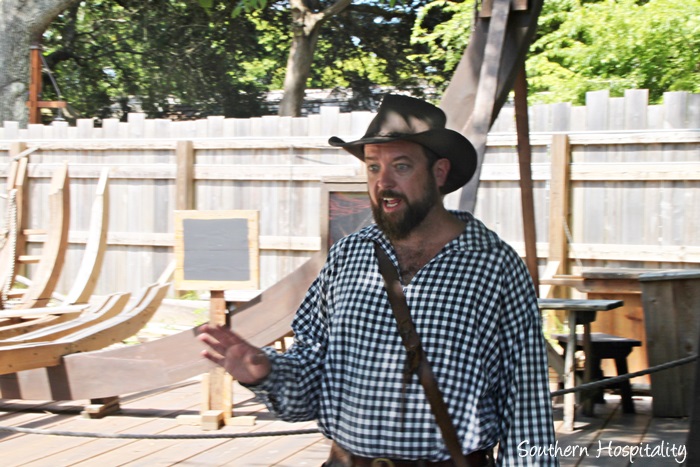
We witnessed an interactive tour with Mr. Grim and he was a delightful historian sharing all sorts of fun tidbits about St. Augustine. All in character, of course!
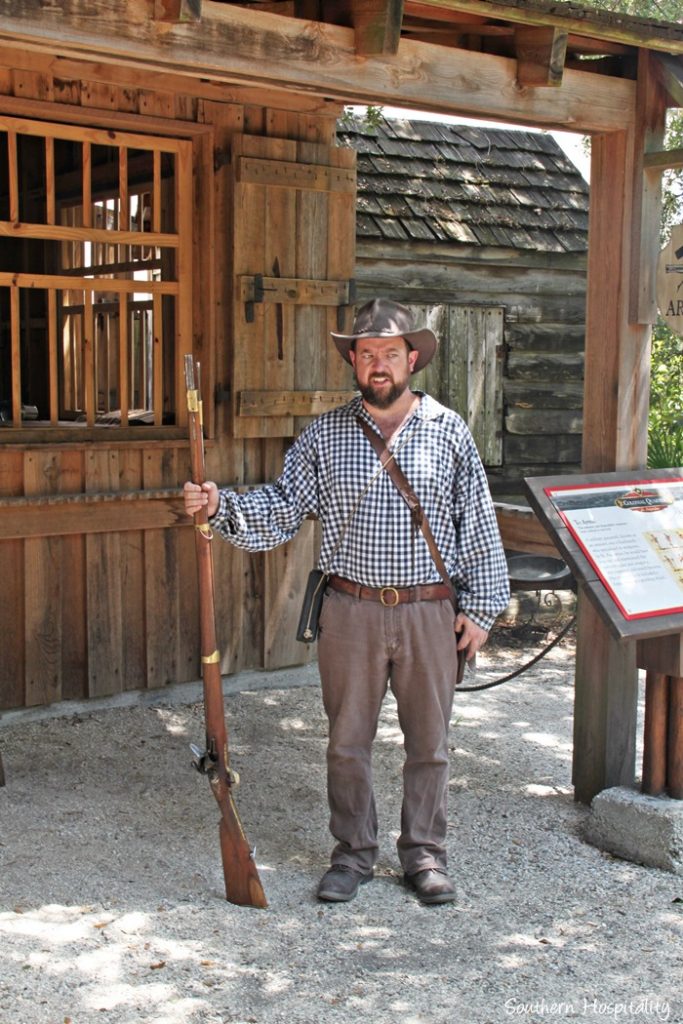
With guns and ammo demonstrations….
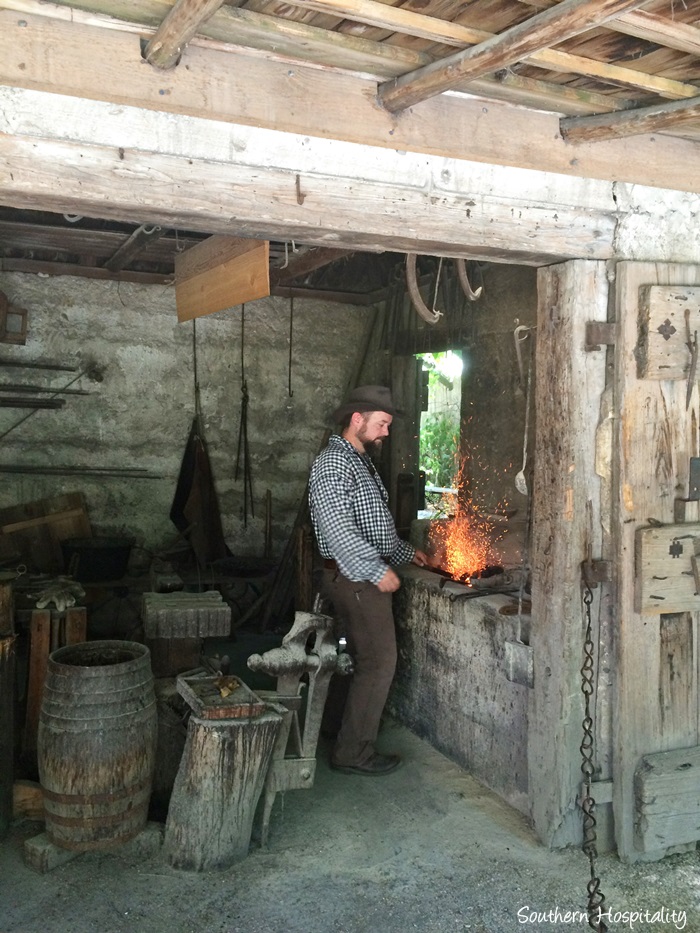
To a blacksmith replica of how iron was forged…..
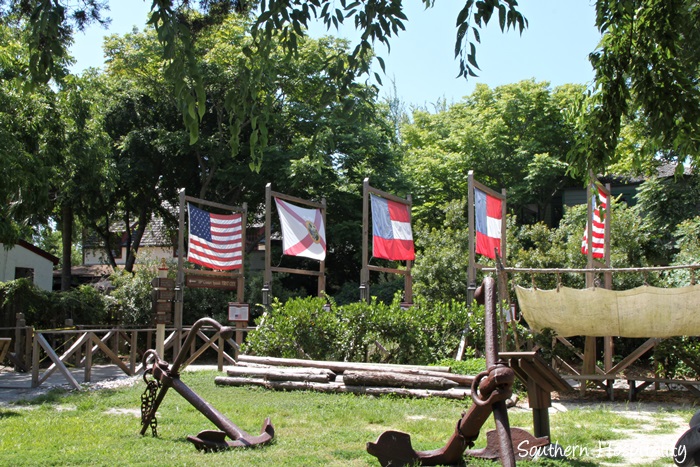
To the flags flying across the centuries in this settlement, it was a very informative adventure.
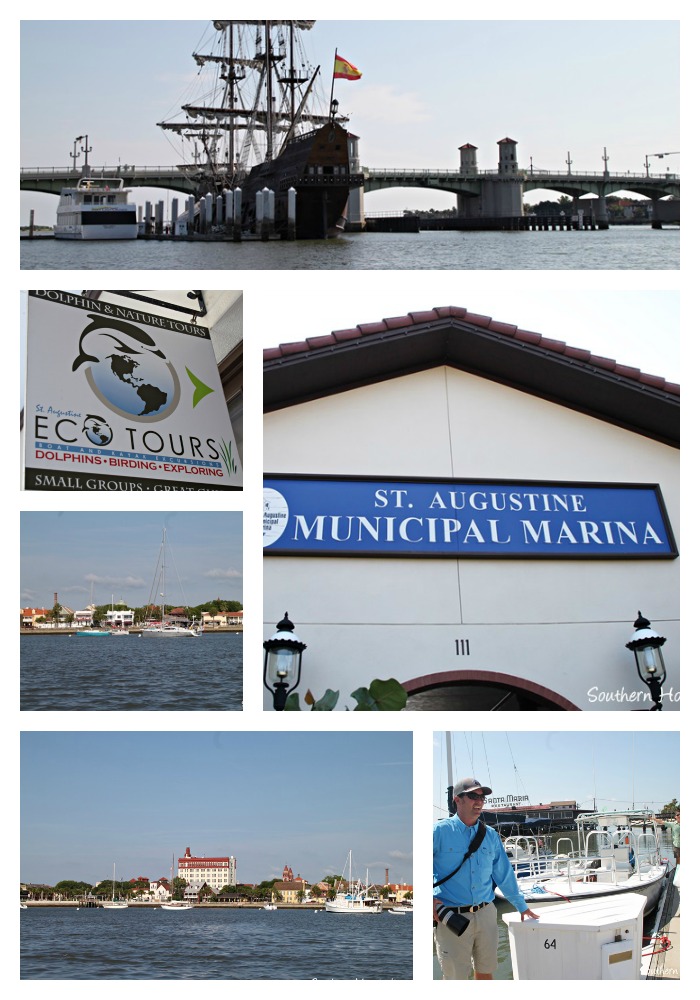
One morning, we had the pleasure of taking an eco boat trip with Captain Zack. He was such fun and very passionate about his job.

His company, Eco Tours, explores the coastline of St. Augustine in his large and comfortable touring boat.
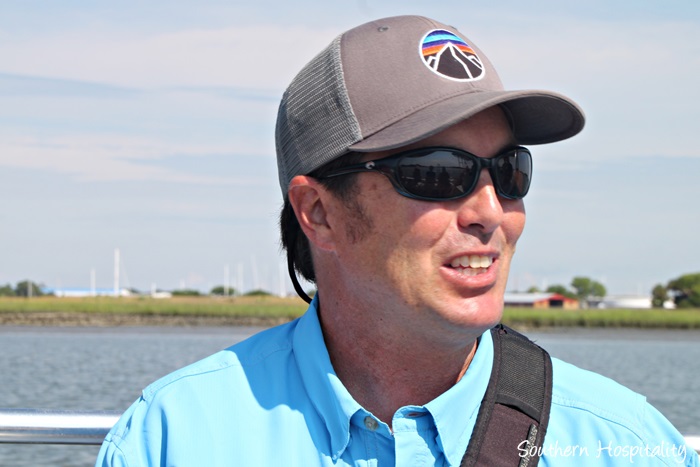
Captain Zack, we learned was a graduate of Flagler College, originally from South Carolina, but settled in St. Augustine after college and has been at this since he was 15. I’d say he is doing what he loves!
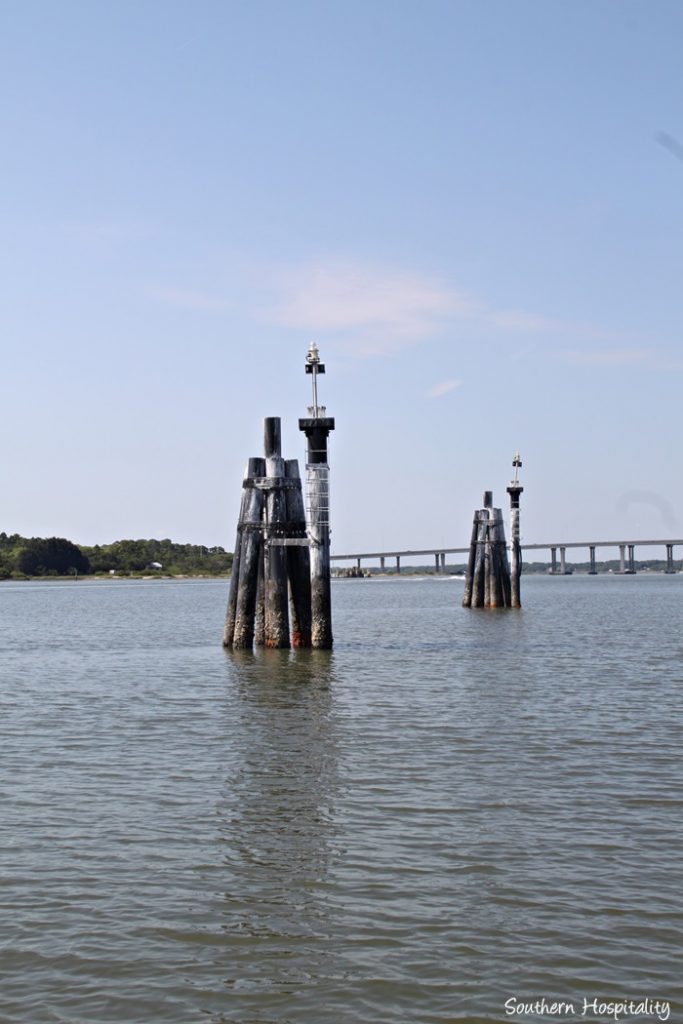
We thoroughly enjoyed our morning trip out on the boat, as Zack gave us lots of information about the coastal waters of St. Augustine. We even spotted a few dolphin on the way back in.
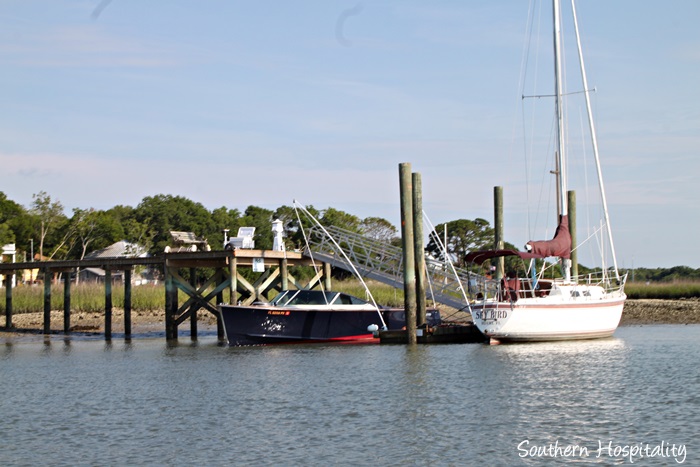
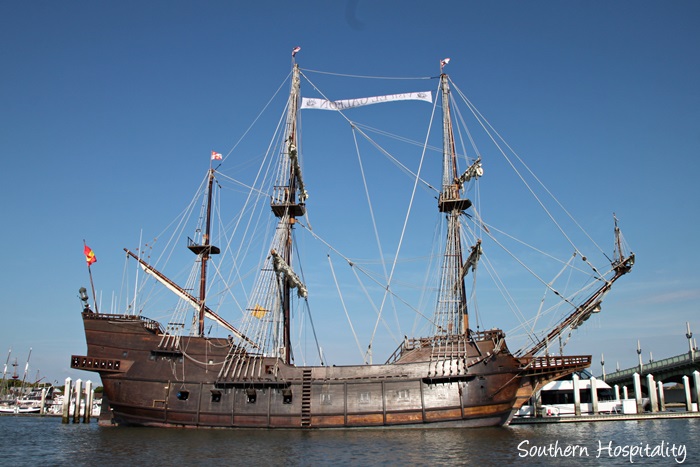
El Galeon is an authentic 17th century Spanish galleon, representing St. Augustine’s maritime heritage as America’s Oldest Seaport. It’s open for tours too, but we didn’t have time to go on board. It was a beautiful ship and we passed it on the water.
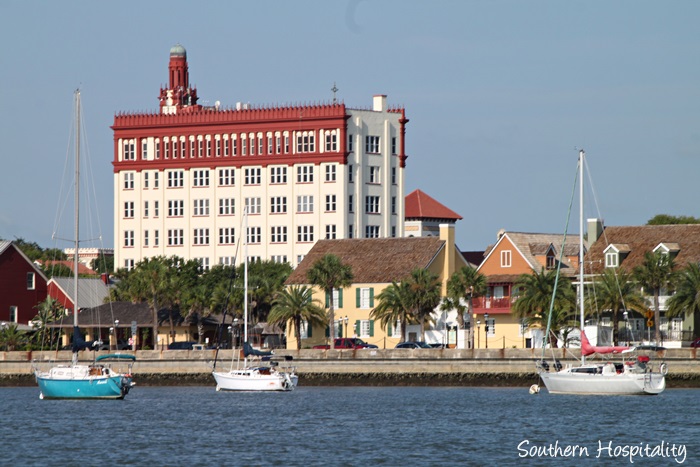
Looking back from the boat to the St. Augustine downtown was a beautiful sight to behold.
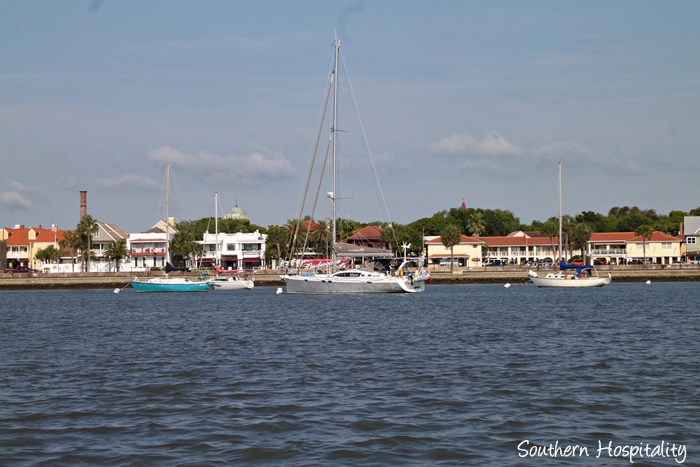
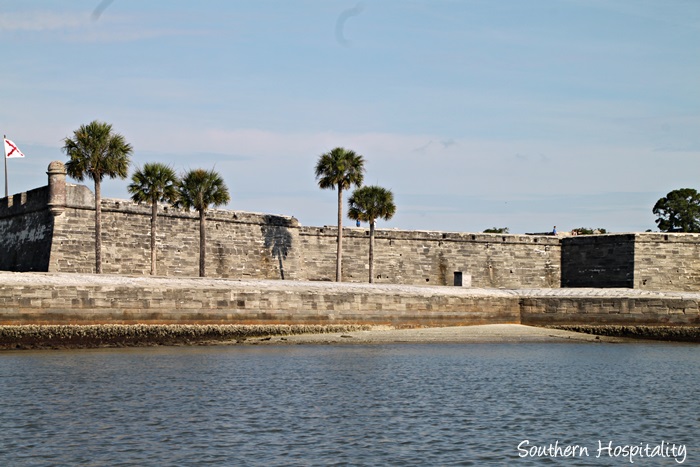
Another view of the historic fort of St. Augustine, the Castillo de San Marcos National Monument. It’s the oldest masonry fort in the continental U.S. From 1672 to 1695, Spaniards, African-Americans, Native Americans and others worked to construct this fort out of coquina. The fort has protected St. Augustine during the Spanish, British, and American periods.
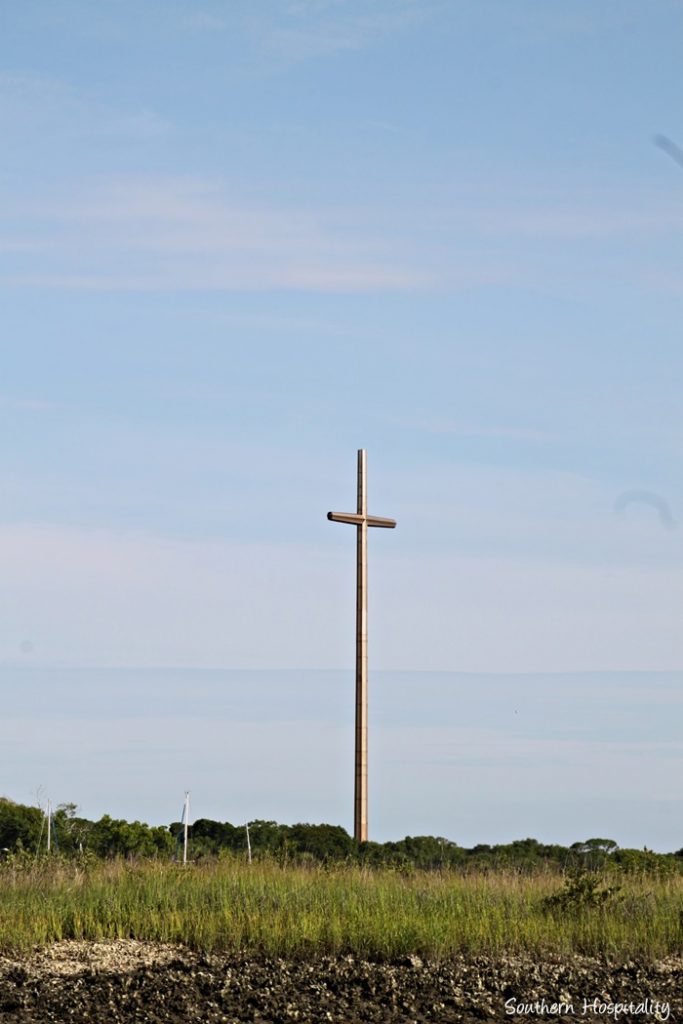
From the water, we also saw this amazing cross at the Mission Nombre de Dios, In September 1565, Pedro Melendez and his fleet landed on these grounds and claimed the land for Spain. Father Lopez de Mendoza Grajales, chaplain of the expedition, celebrated a Catholic mass and established the first Catholic parish in America. In 1965, for St. Augustine’s 400th anniversary, the Catholic Diocese constructed the Great Cross.
It’s so majestic!
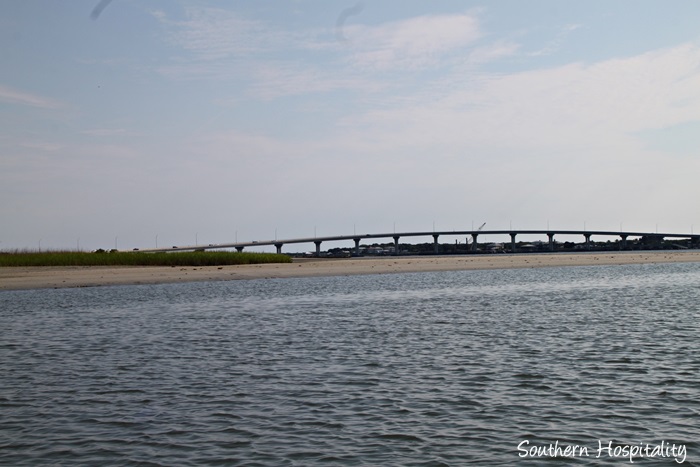
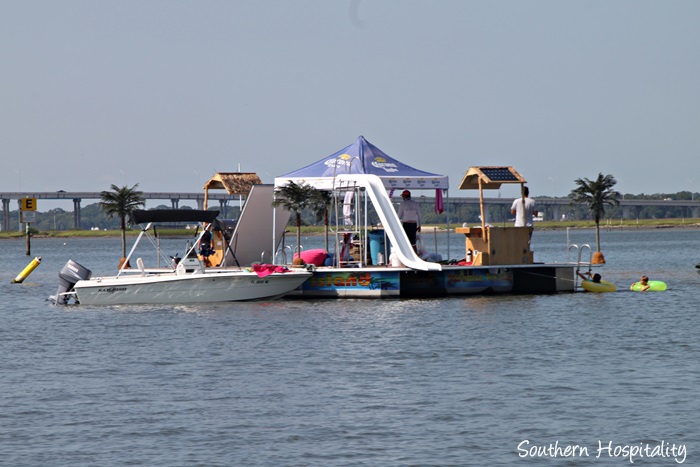
I couldn’t help but take a picture of this floating island of fun that someone had constructed and was enjoying for the day or week. That looks like a floating island of kid adventures, doesn’t it?
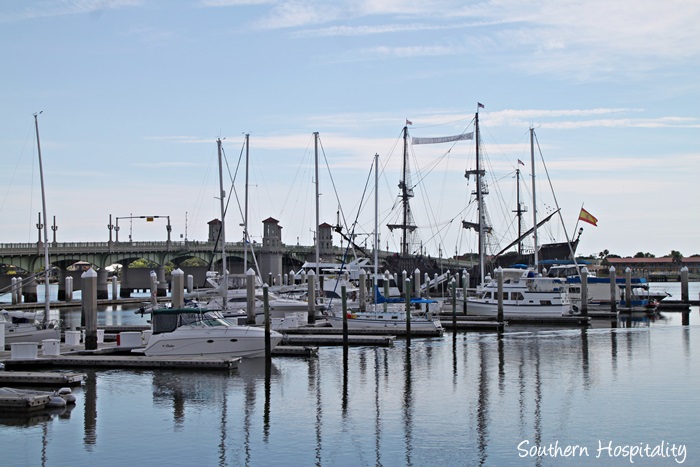
It was a very fast and informative 2 and 1/2 day trip that I thoroughly enjoyed. Since it was my first trip to St. Augustine, I think I got a very good overview of the city and what it has to offer. I can certainly see why it’s a popular Florida destination and I would definitely recommend it for a get away. There are lots of things to do and see and the food was outstanding as well. Being on the water is so much of the appeal of St. Augustine too.
St. Augustine is celebrating their 450th anniversary this year, with a culmination of activities this Fall with Celebrate 450, from September 4 – 8. If you’re in the mood to party with them, you can check out the schedule of events on that link and find something fun to do, from music, to food, to cultural activities.
Tapestry: The Cultural Threads of First America is a 450th commemoration exhibit that shares the story of how three interwoven cultures – Hispanics, Africans, and Native Americans — came together to form the foundation of America. Tapestry showcases the people who have shaped the city’s cultural landscape over four and 1/2 centuries, including the Menorcans, Greeks, British and others.
If you haven’t been to St. Augustine yet, what are you waiting for?
Note: This was a media trip I was invited on and all accommodations and food were provided. All opinions and pictures are my own.

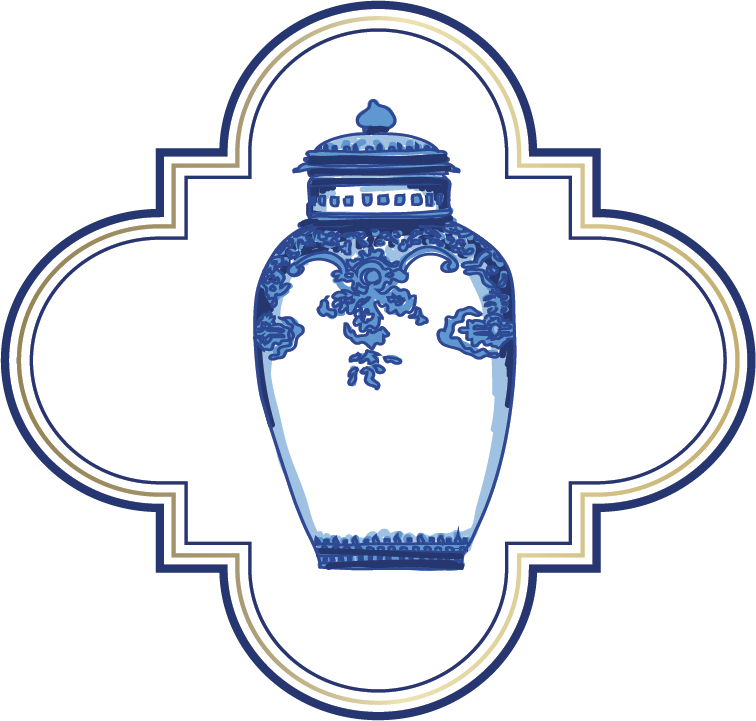



Thank you again for the wonderful pictures of our beautiful city have you ever read “Maria” by Eugenia Price? It’s an historical novel about Old St. Augustine. I have read it several times.
I haven’t read that, but am familiar with Eugenia Price.
These pictures are so beautiful. I remember learning about St. Augustine very early in grammar school. I was amazed they allow cars to drive on the oldest street! Thanks for sharing so many pictures of this wonderful adventure you got to enjoy.
Rhoda, beautiful pictures as usual! I would love to create something like the fountain at the Lightner Building in my backyard! Looks like a fun trip.
Visited St. Augustine two years ago with my daughter’s family. The young grandchildren were delighted to see their last name Reynolds on the bricks in the streets. Thank you for sharing such great memories for us.
What a beautiful place!
It looks like a fascinating place Rhoda, I have been to the USA but not to this part, I really had no idea that there was such architecture there, however looking it up on a map I realised it is not too far from Mexico. I would definitely like to visit this part of the world in the not too distant future.